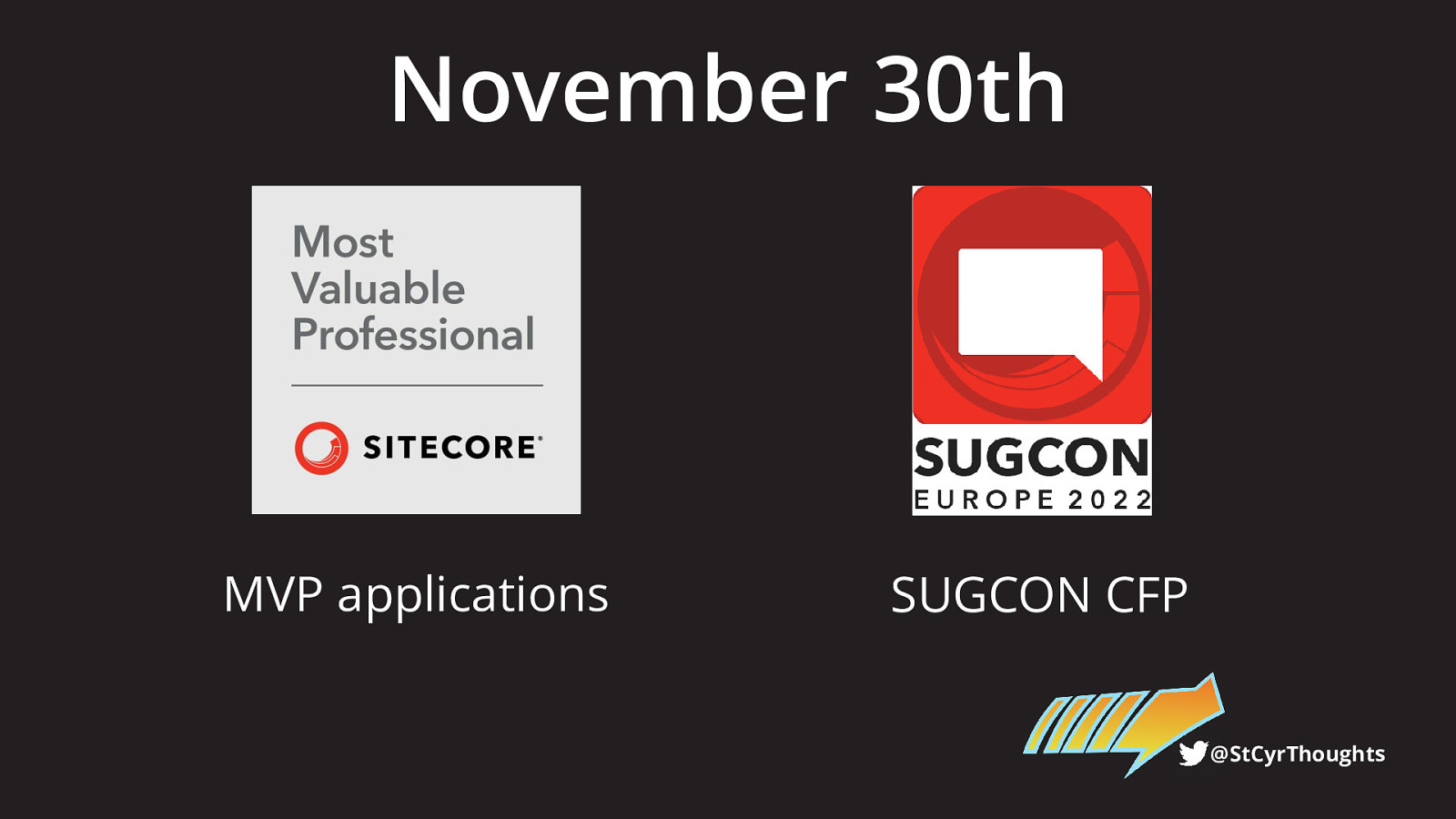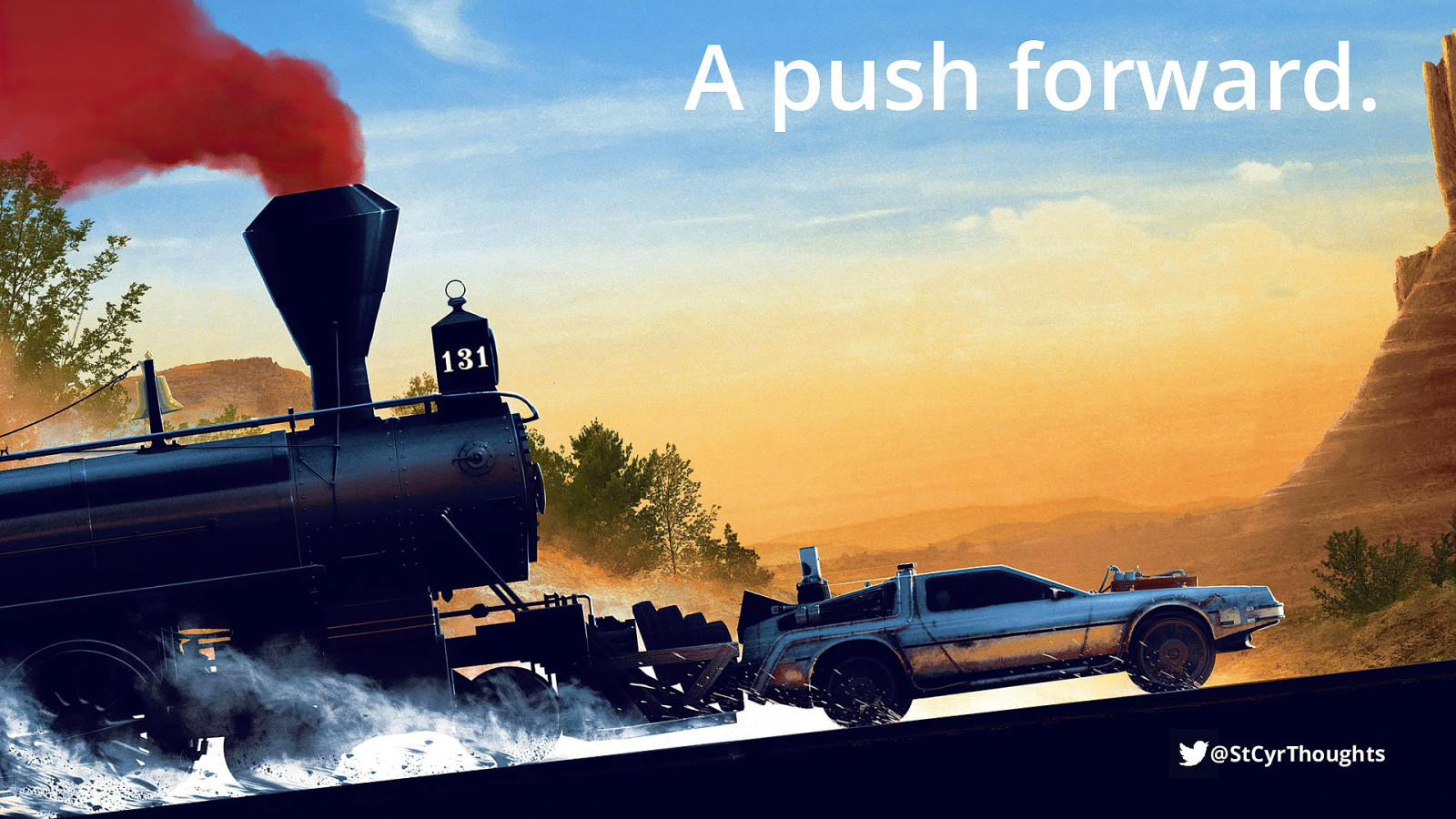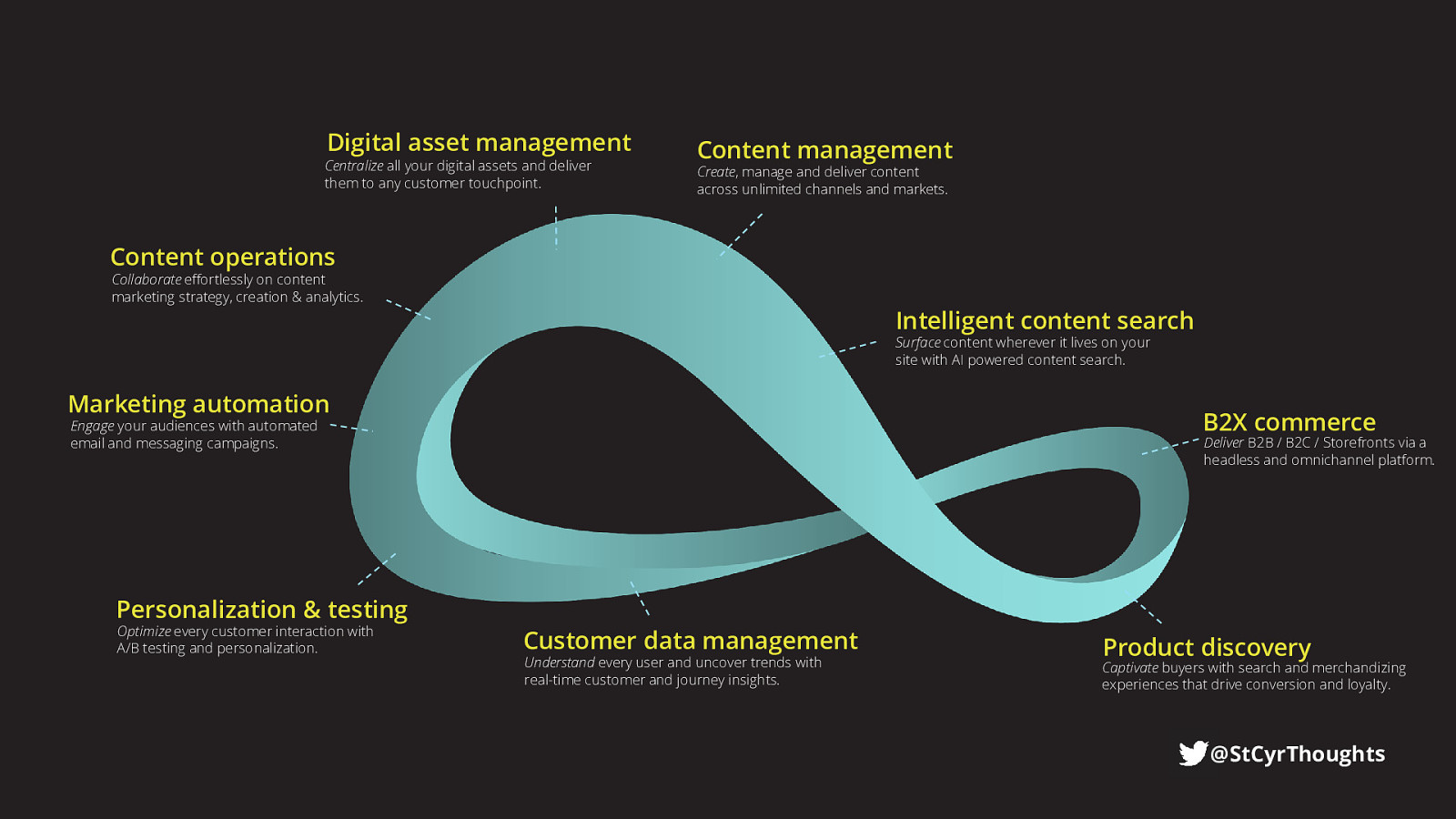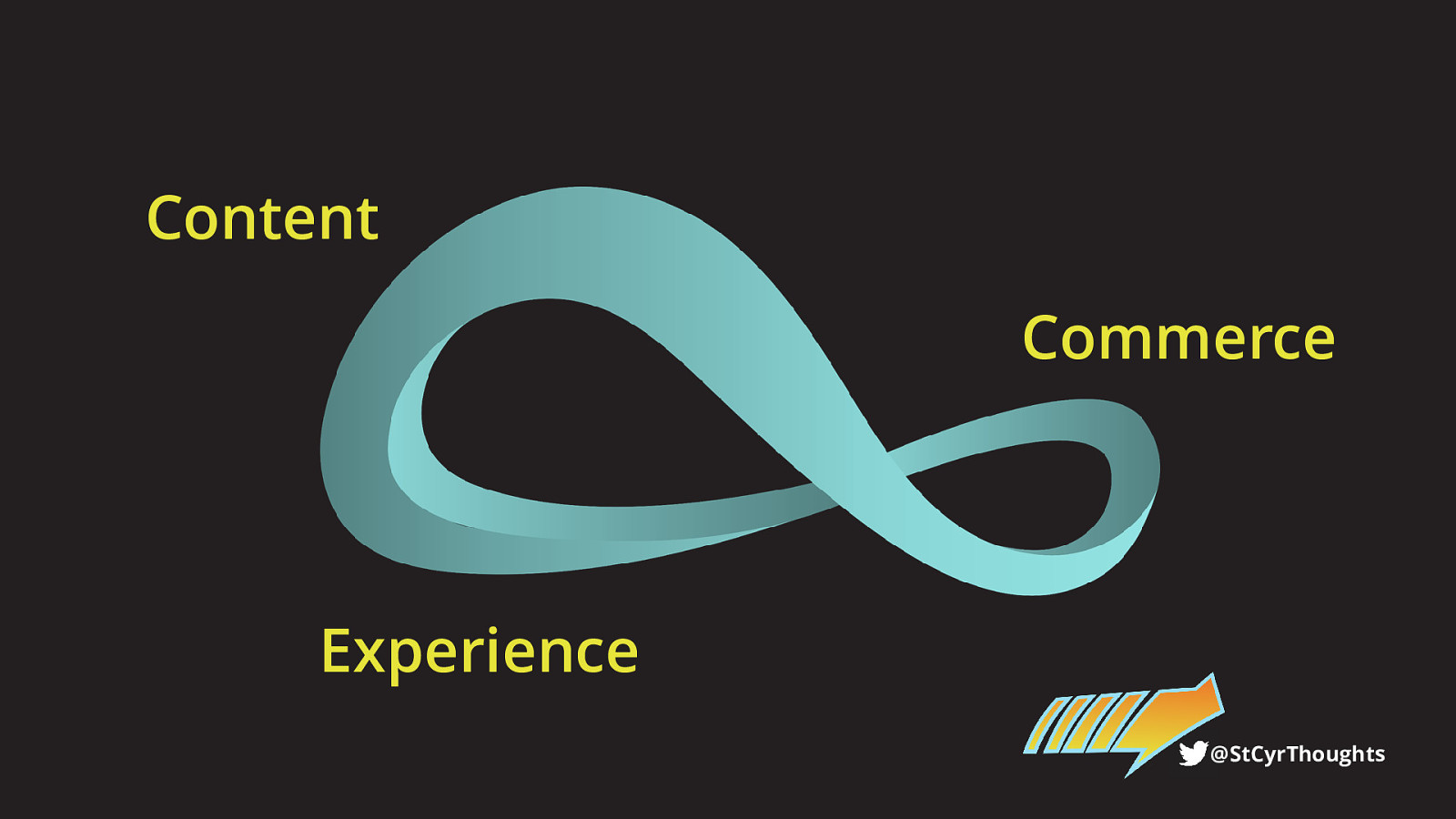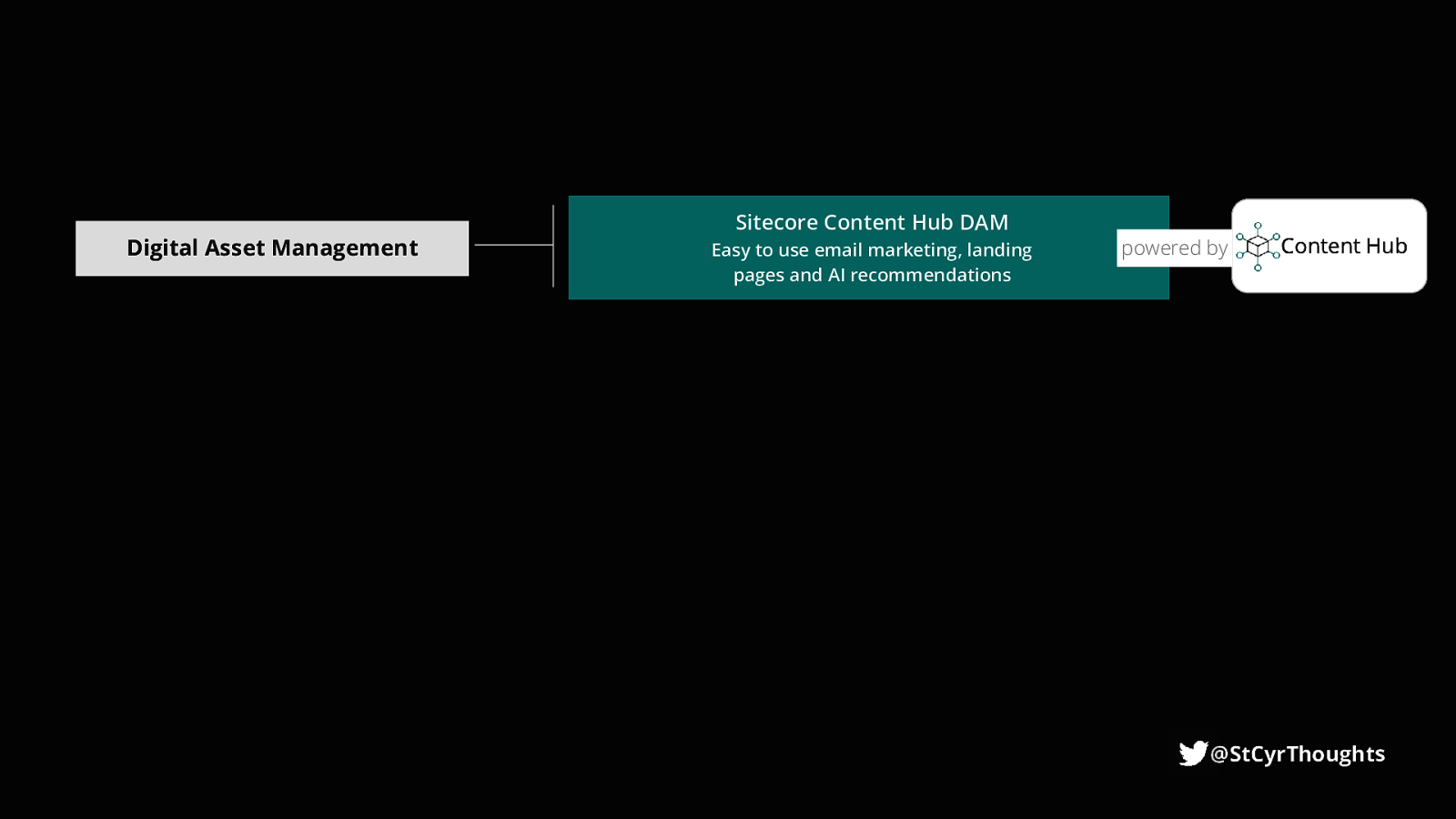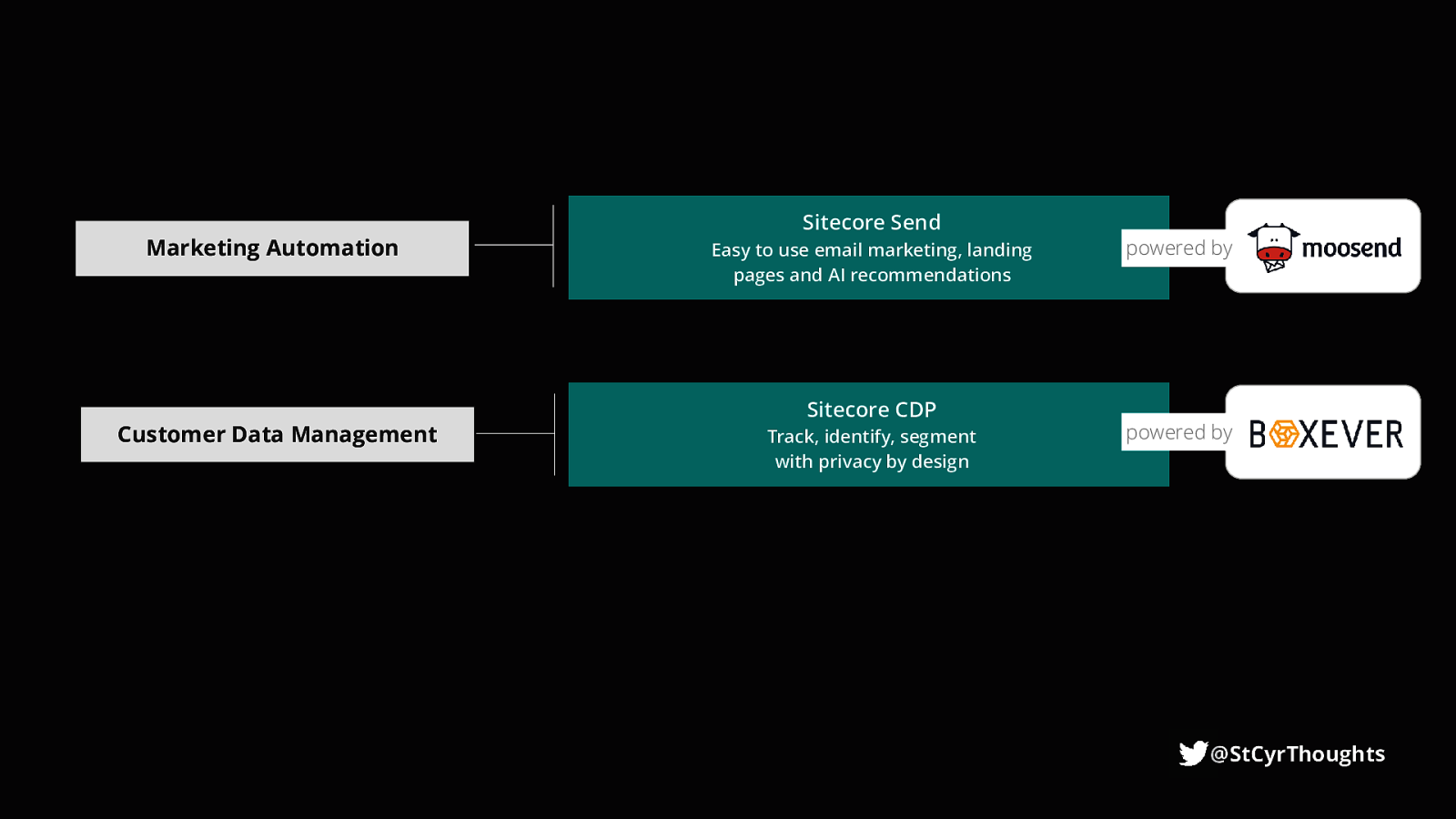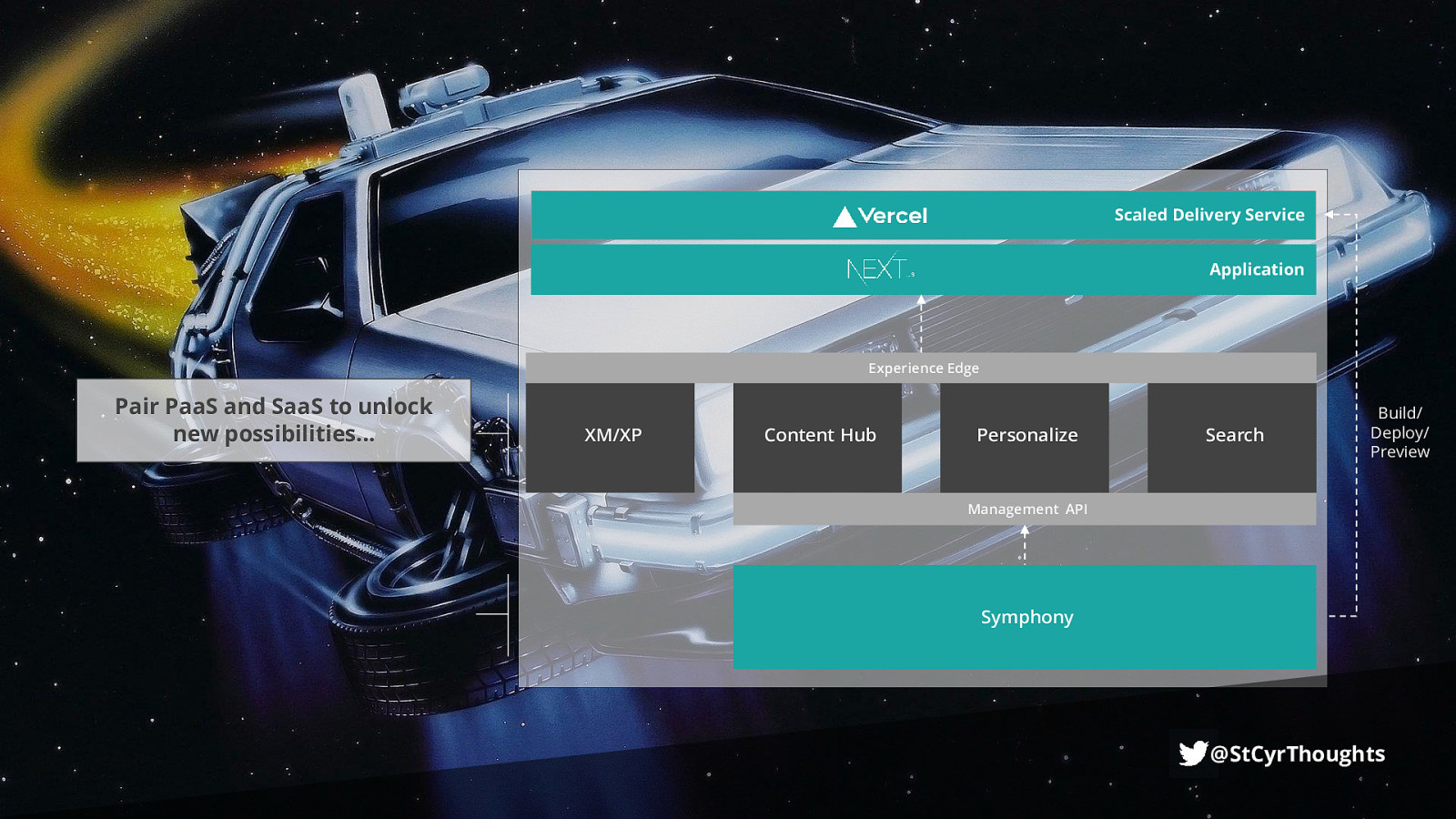Why Composable DXP?
But today I will spend more time on the Composable DXP and why we are heading in this direction.
A composable DXP provides the Perfect balance between ease of use for the business and technology flexibility.
It provides faster time to value. The API first implementation leads to increased implementation and deployments.
You only implement best of breed solution product covering the features that are needed that solves business problems of today.
It’s all about what the customer needs, not what the platform provides. Not having a full platform DXP provides agility to quickly adjust to changing requirements, industry or world events like a pandemic.
While building out your Composable DXP you don’t need to replace your full marketing stack, you can use existing marketing stack and content sources.
Bringing a fully tailored solution for customers using the unique combinations of content source, cloud applications, technologies, programming languages and hosting options.
All build with your favourite Technologies and programming languages of your choice, it’s about complete technology freedom.

